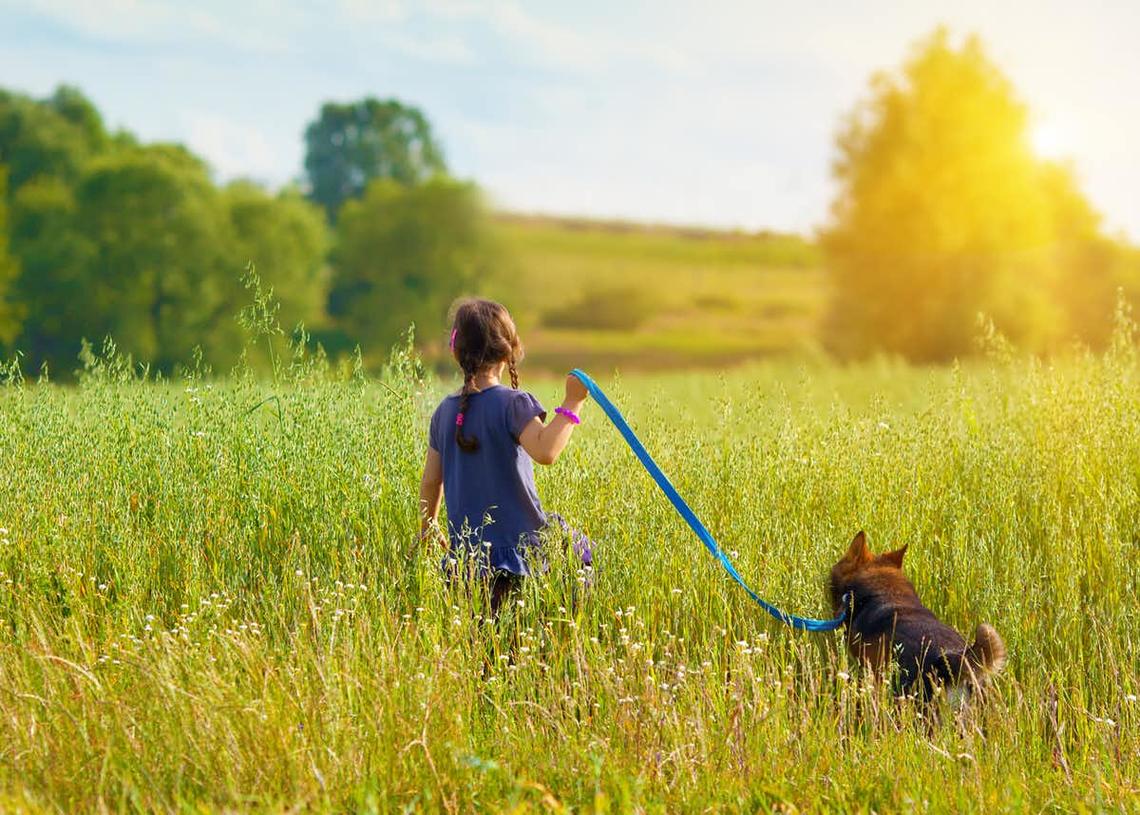June 16, 2019
Large classes make it hard to notice ‘off-task’ kids with bigger questions

The benefits of having smaller classes, particularly in the early elementary school years, are well-documented. My work as a researcher of language and literacy has examined what takes place on the edges of the classroom — precisely the places that are more difficult to notice when classes are large.
Last year in my province of Alberta it was reported that more than 85 per cent of the kindergarten to Grade 3 classes in five of the province’s largest school districts are larger than provincially recommended averages. In the lead-up to the recent provincial election, there was no sign that the United Conservative Party, now newly elected, would prioritize tackling this problem.
I often inquire into what individual children are doing while their teachers are diligently working to effectively teach the curriculum and maintain order in increasingly larger, culturally diverse classrooms, with wide ranges of learning needs.
In particular, I am interested in those children who seem to be chronically “off task” during language arts instructional time — children who are clearly doing something, albeit not exactly what their teacher had in mind.
Here, I share the story of one such child, whom I will call Charlene, with the aim of illustrating how educators can miss valuable opportunities to attend to particular students when class size and complexity expand.
Charlene among 49 other students
Charlene was in the fourth grade and part of a class of 50 students and two teachers. Charlene had an attention disorder and was one among a group of children in the class with individual education plans.
My involvement with the class centred around an interdisciplinary project looking at how children develop literacy in multiple ways. In this project, the students worked in small groups to examine various aspects of the history of Alberta becoming a province.
Charlene’s group investigated the growth of the oil industry. The students began their exploration by developing inquiry questions, and Charlene’s group collectively asked several questions related to oil and Alberta’s economy. Unsurprisingly, the questions they asked reflected the ongoing social, political and economic debate currently taking place in Canada. Their list culminated with the following:
“Was the oil boom bad for our Earth, our plants and our wildlife?”

Charlene acknowledged, with a sheepish smile, her love for animals.
Shutterstock
Majority of children took economic angle
After discussing a broad range of possible questions to pursue, three of the four members of Charlene’s group pursued the economic angle and diligently went about their work.
Charlene, however, always seemed to be at the periphery, not appearing to engage at all with the group’s discussion. Time after time when I would find her three group mates sitting side by side in the computer lab, discussing what they found online with regard to Alberta and oil, Charlene would be seated further away. She was watching puppy videos with the sound turned off.
Charlene’s ongoing puppy viewing, puppy talk and bouts of puppy writing were both a source of interest and annoyance in her group. On one occasion, a group mate exclaimed in frustration, “She’s obsessed with puppies.” Charlene seemed to agree with this statement as she acknowledged, with a sheepish smile, a declaration of her love for animals.
I too found myself concerned and wondering about this seeming breach of what some literacy researchers identify as the pleasure-purpose divide— in other words, the frequent mismatch between students’ interests and teacher’s goals for students’ uses of literacy.
Tensions can exist between the students’ desires to pursue texts that their teachers might argue are of lesser quality (for example, comics, trading cards, online videos and fan fiction) and a teacher’s desire to use “high-quality” literature and teach essay-writing skills in the classroom.
I was somewhat comforted because Charlene could verbally explain the oil-extraction and refining process with remarkable precision. However, she had not completed the work she promised her group: a poster advertising oil production in Alberta.
Puppies vs. price
Instead, Charlene had written a story of farm animals that lost their lives during an oil spill. It was some time later that it hit me: despite her puppy watching, seeming inattention and separation from the group, Charlene was the only member of her group whose work ultimately took a critical position.
She was the only one to follow the group’s ethically oriented inquiry question:
“Was the oil boom bad for our Earth, our plants and our wildlife?”
What can happen to teachers’ capacities to notice as class sizes creep upward? I am left with some pointed questions.
What might have happened in Charlene’s classroom had her teachers, and I, for that matter, been able to take note of the way she linked her love for animals and concerns regarding oil spills? How might the teachers have been able to assist her and others like her to participate more fully, both academically and socially, in her group’s work, had there been time for them to notice what was happening?
These questions are not to suggest that teachers will necessarily teach differently with fewer students — some research points out teachers might use the same teaching approach regardless of class size — but they may illustrate how easily the complexity of student experiences may be lost in larger groups.
I close with the following musings: What might happen if class sizes gave educators more time to notice the personally meaningful questions and ideas their students are pursuing? What if they had more latitude to adapt their practices to the varied students before them?
